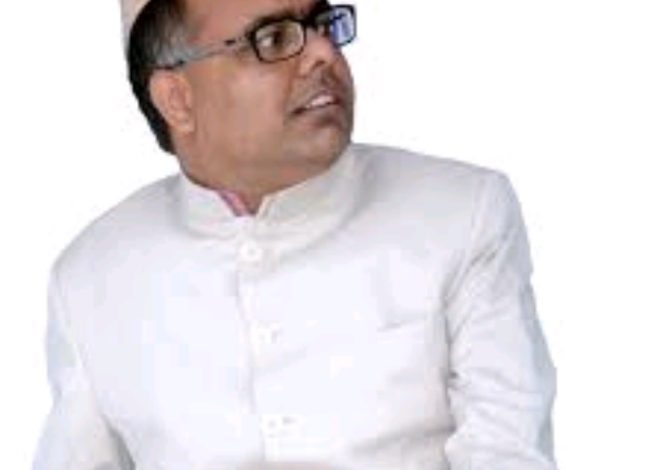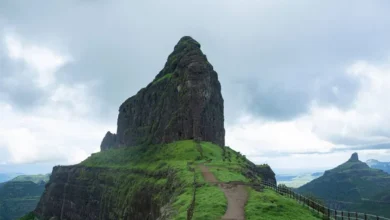Dr Chandrashekhar Singh Ias Biography:Family , Early Life, Age, Education, Career, Net worth

Dr Chandrashekhar Singh Ias Biography
Dr Chandrashekhar Singh Ias Biography:Chandra Shekhar (17 April 1927 – 8 July 2007), also known as Jananayak, was an Indian politician and the Prime Minister of India, between 10 November 1990 and 21 June 1991. He headed a minority government of a breakaway faction of the Janata Dal with outside support from the Indian National Congress.He was the first Indian Prime Minister who had never held any prior government office.
Dr Chandrashekhar Singh Ias Early Life
Chandra Shekhar Singh was born on 1 July 1927 in a Rajput farmer family at Ibrahimpatti, Uttar Pradesh.
Dr Chandrashekhar Singh Ias Education
He obtained a Bachelor of Arts degree at Satish Chandra P.G. College. He attended Allahabad University, obtaining his master’s degree in Political Science in 1950.
Dr Chandrashekhar Singh Ias Career
Chandra Shekhar Singh was attracted to politics from his student days and started his political career with Dr. Ram Manohar Lohia. He is known as a fire-brand idealist with revolutionary fervour. After completing his education, he joined the Socialist Movement and was elected as the Secretary of the district Praja Socialist Party (PSP), Ballia. He soon took over as General Secretary of the party in Uttar Pradesh.
In 1962, he was elected to Rajya Sabha as an independent candidate from Uttar Pradesh and began his career as a parliamentarian. In January 1965, he joined Indian National Congress and became the General Secretary of the Congress Parliamentary Party in 1967. In 1968, he was re-elected to Rajya Sabha on an INC ticket from Uttar Pradesh.
In 1969, he founded and edited YOUNG INDIAN, a weekly published from Delhi. Chandra Shekhar Singh was the Chairman of its Editorial Advisory Board. During the Emergency, Young Indian was closed and resumed its regular publication in February 1989.
On 2 March 1977, he resigned from Rajya Sabha after being elected to Lok Sabha from Ballia. He went on winning all the Lok Sabha elections from 1977 to 2004, except for the 1984 election.
Despite being a Congress party politician, he was sent to Patiala jail amid the emergency imposed by former Prime Minister Indira Gandhi under the Maintenance of Internal Security Act. During his jail term, he wrote a diary that was published under the title ‘Meri Jail Diary’.
He left Congress and joined the Janata Party which formed the government under the leadership of Morarji Desai after the 1977 Indian General Election. Chandrashekhar was then the President of the Janata Party.
1980 and 1984 Indian General Elections didn’t prove to be fruitful for Janata Party. In 1984, Janata Party formed a coalition government under the leadership of V.P. Singh. However, Chandrashekhar’s relationship with the coalition deteriorated, and he formed Janata Dal socialist faction
1983, he undertook a Padayatra (marathon walk) from Kanyakumari to Rajghat (Samadhi of Mahatma Gandhi) in New Delhi covering a distance of nearly 4260 kms from January 6, 1983, to June 25, 1983, to renew rapport with the masses and to understand their pressing problems.
With the support of Congress headed by Rajiv Gandhi, he ousted Prime Minister V. P. Singh in November 1990. He won a confidence motion with the support of 64 MPs and Rajiv Gandhi, the Leader of Opposition, and was sworn in as the Prime Minister of India. He served as the 8th Prime Minister of India from 10 November 1990 to 21 June 1991.
Read Also:Karan Veer Mehra Biography: Family, Early Life, Age, Education, Career, Net worth
Dr Chandrashekhar Singh Ias personal life
Chandra Shekhar Singh married Duja Devi and the couple gave birth to two sons– Pankaj Shekhar Singh (elder) and Neeraj Shekhar (younger).
Dr Chandrashekhar Singh Ias Death
Seven days after his 80th birthday, Chandra Shekhar Singh died on 8 July 2007 after suffering from multiple myeloma (cancer of plasma cells) at Apollo Hospital, New Delhi. Politicians from all the spectrum of Indian politics paid their tributes to him. Seven days of state mourning was declared by the Government of India in his honour. He was cremated with full state honours on a traditional funeral pyre at Jannayak Sthal on 10 July 2007. His ashes were immersed in the river Siruvani.

